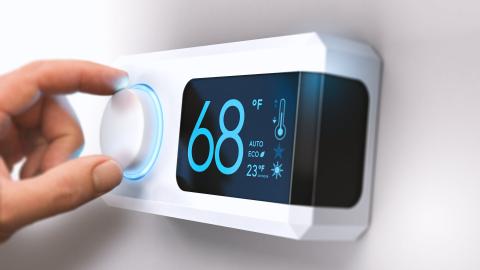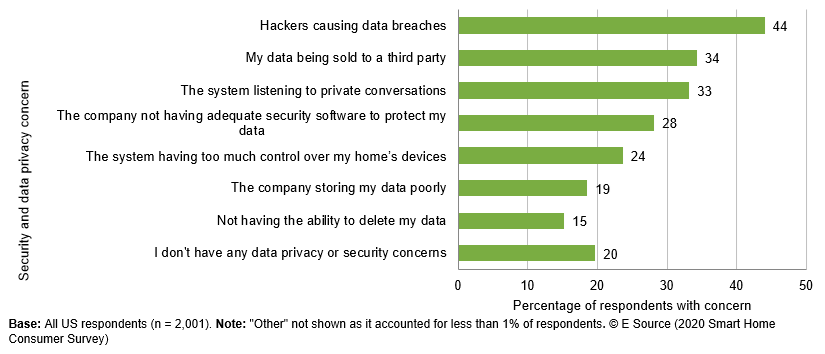
While doing some summer reading, I stumbled scross articles such as Are power companies taking over your thermostat? and Your thermostat may adjust itself and noticed a theme. Overheated residents are discovering that their thermostats are changing settings on their own—alarming! Utility customers are reporting being duped into signing up for energy-management programs in exchange for a sweepstakes entry or a free smart thermostat. Demand-response (DR) programs have been around for years, so why are so many customers being taken by surprise?
Technology has made it much easier for administrators to run DR programs, yet there’s a greater burden to make sure customers know what they’re signing up for. In the past, when a customer opted in to an air-conditioner cycling program, someone had to physically install a switch at the customer’s home. There was no mistaking that they were opting in to the program in that case.
Even though all types of DR programs result in the same end goal, there’s something entirely less intrusive about a piece of equipment outside occasionally cycling the air conditioner. As soon as DR crossed the threshold into people’s homes, their sentiment changed. Customers are wary of their privacy being violated, even for the noble causes of energy efficiency or ensuring that the grid doesn’t fail. In fact, according to data from the E Source 2020 Smart Home Consumer Survey, 34% of US respondents reported concern about their data being sold to a third party (figure 1).
Figure 1: Concerns about smart home data privacy and security
Three trust-building communication strategies
So how can utilities overcome these Big Brother perceptions? Here are three tips to maintain customer trust.
Be clear and upfront in messaging. We’ve seen many examples of utility marketing campaigns that lead with freebies (smart thermostats are a popular giveaway) while glossing over the fact that accepting the equipment automatically enrolls the customer in a DR program. Don’t make your customers do the work of understanding how your program works. It’s your responsibility as a utility marketer to make sure that even your least sophisticated customers don’t think they’re getting something for nothing.
Address privacy concerns head-on. As marketers, we often like to sugarcoat things. After all, it’s a lot easier to sell a free smart thermostat than to wade through the intricacies of a DR program. But customers are getting smarter and want to know exactly how much control they’re giving up. Every smart thermostat DR program should clearly describe exactly how it works, what the utility can and can’t do, and whether data is being collected. That means a postcard or Facebook ad shouldn’t be the only thing a customer sees before signing up. Seasonal reminders of program participation are also a good strategy to maintain awareness.
Communicate during cycling events. Many air-conditioning DR program participants complain that they never received any kind of warning that a cycling event was coming. While they knew the forecast predicted warm temperatures, they never knew exactly when the utility was going to start cycling their air conditioners until it became uncomfortably warm in their homes. Instead of leaving them in the dark, consider giving customers a heads-up via text, email, or another kind of mobile alert. This will help you avoid bad press about customers’ thermostats running amok.
Good communication is key to customer satisfaction
Utility communicators shouldn’t underestimate their value in maintaining trust and ensuring that customers have a positive experience. As smart home technologies continue to grow, these types of DR programs will inevitably grow with them. Now is a good time to audit those communications and make sure your strategy is built on a solid foundation.
